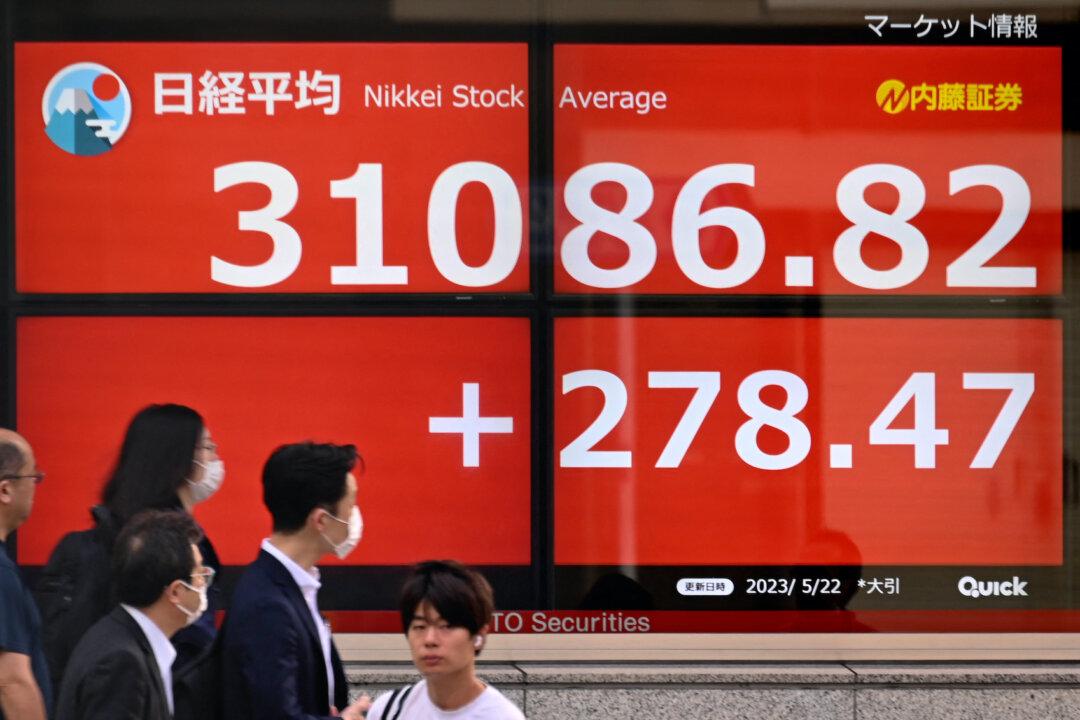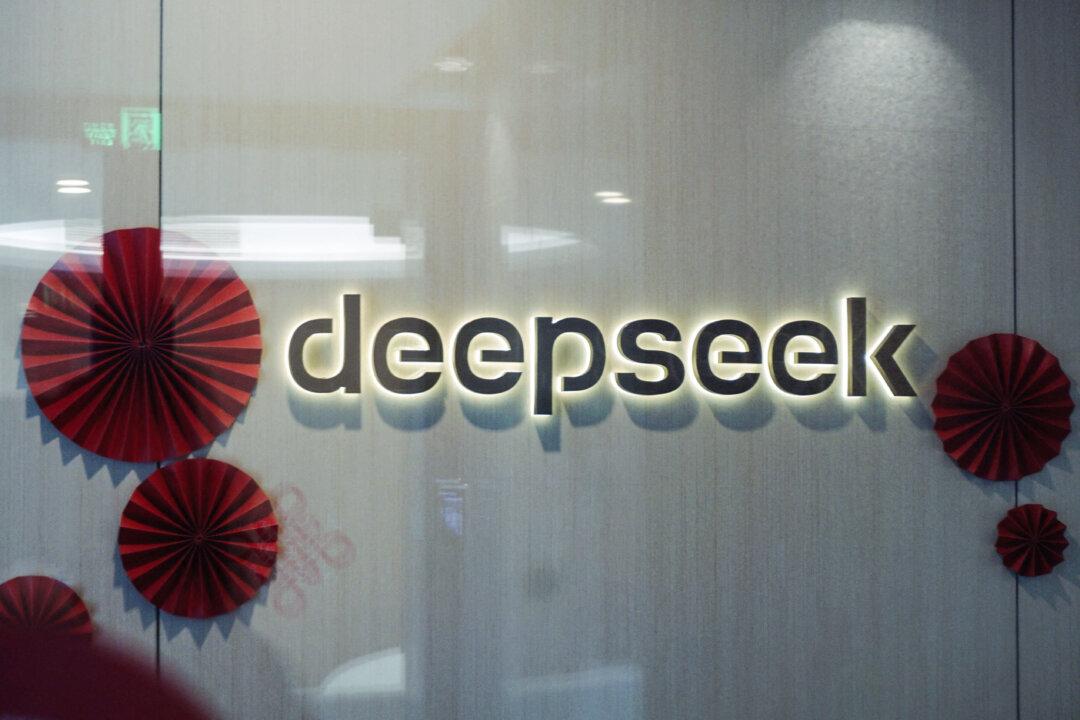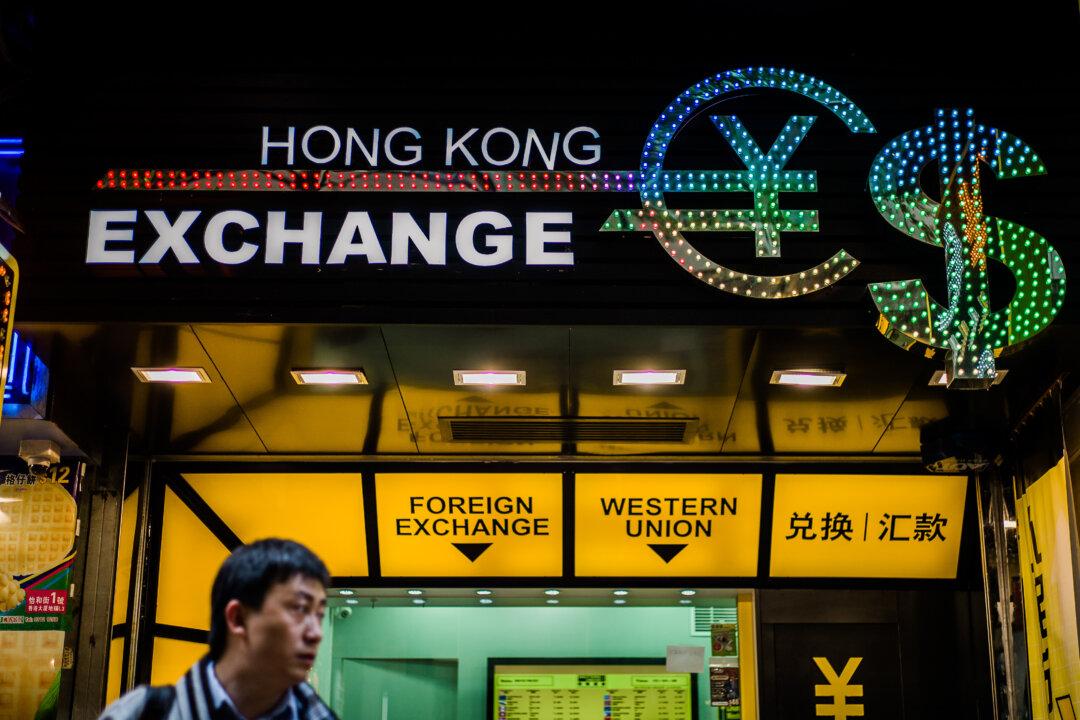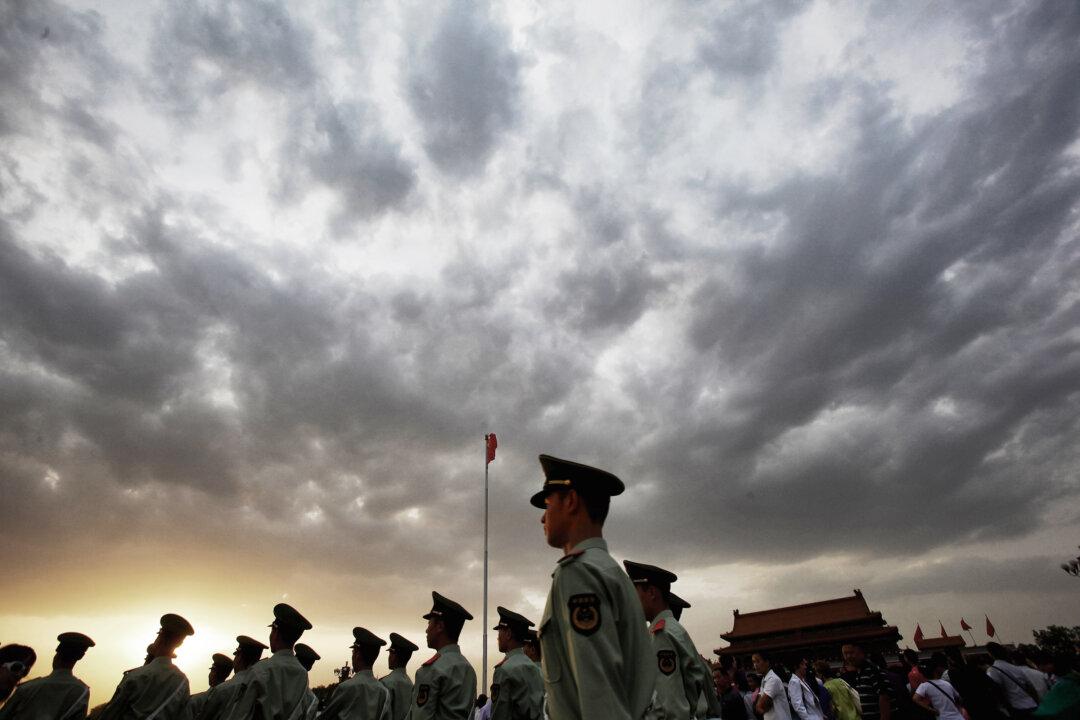Global chip makers are expanding their operations in Japan as the East Asian nation’s economy recovers from a 30-year low.
According to the Nikkei Chinese website, Japan’s stock market has been on a winning streak, closing at 31,086.82 on May 22—the first time it exceeded 31,000 points since July 26, 1990 (31,369.75). It was the highest level in about 33 years. It fell back slightly over the following two days.





